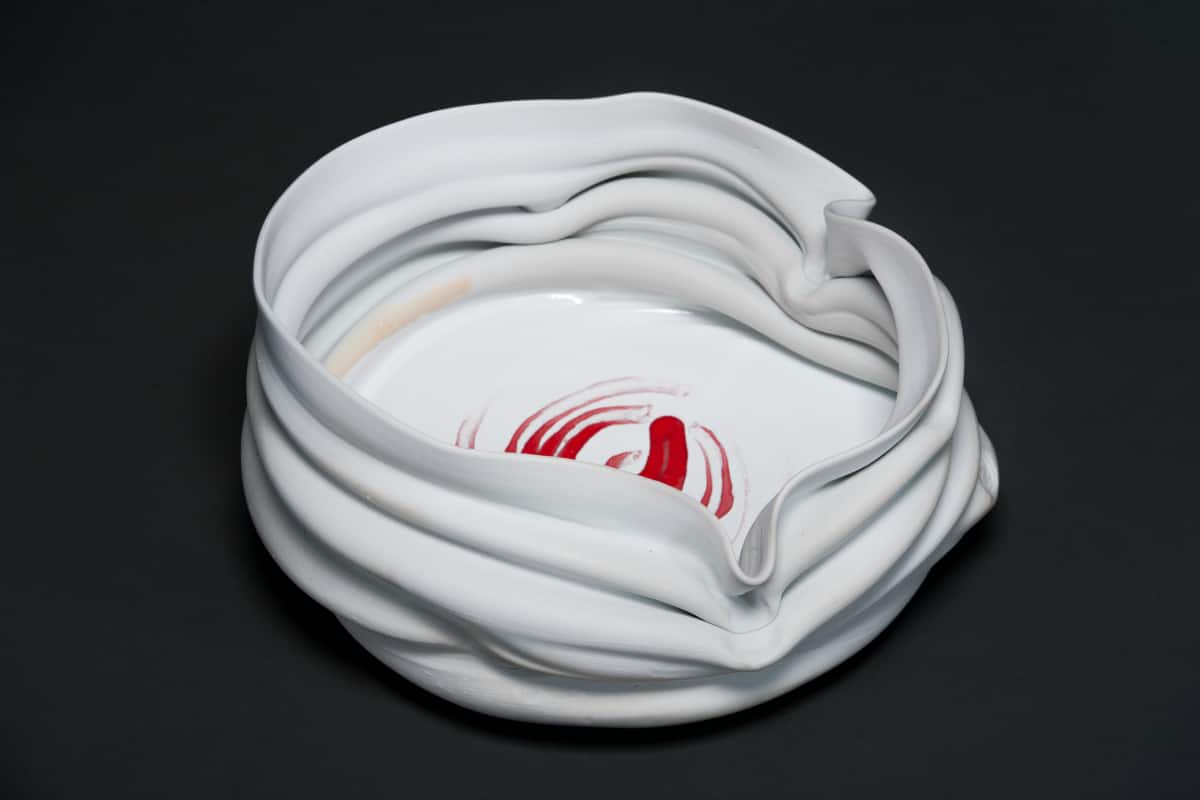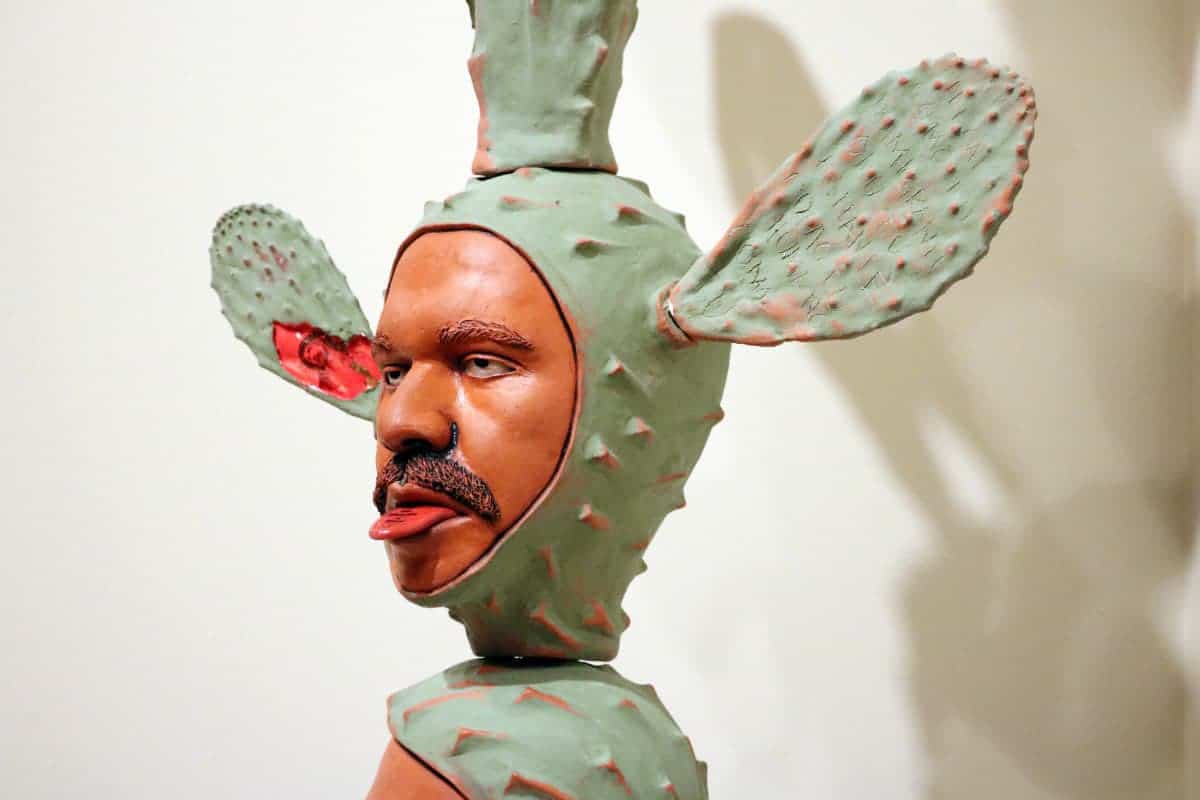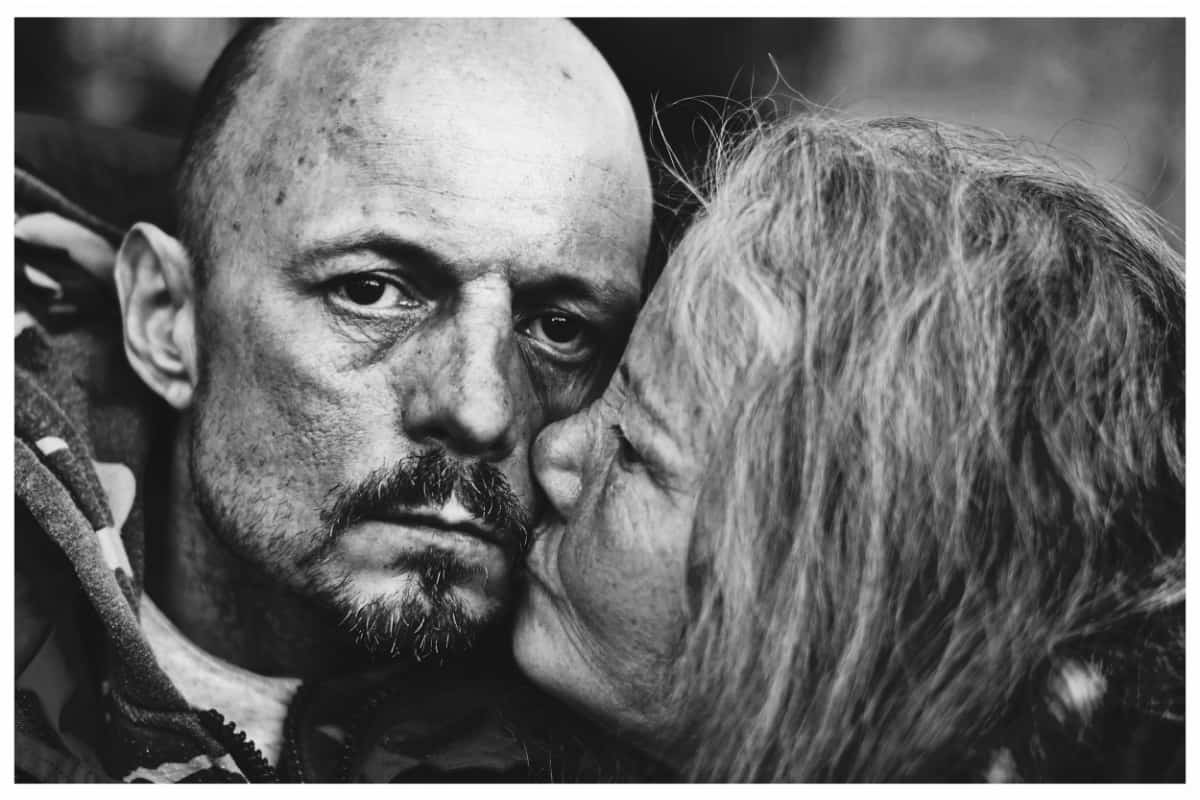Hartford artist Matthew Towers chats about the history of porcelain, the mythology of hair, and subverting pottery tradition.
Matthew Towers did not imagine clay would be his muse. Originally from Poughkeepsie, New York, he studied theater at New York University, where he received his BFA. An ardent lover of the stage and deep history of classical performance, he originally pursued the flooded industry of acting in NYC in the 1990s. Finding more frustration than inspiration in that scene, Towers began taking classes to pique his interest in other creative fields; that’s when he discovered the visceral, malleable, and erotic motions of clay. “For me, when clay and porcelain are very wet, it has this ability to fall, to crumple in unexpected ways like hair or clothing on the floor,” he says. “I was taking these classes and fell in love with how it moved and felt. And later on, when I began to learn more about the science of it, glazing, firing, etcetera, I felt inspired and fascinated.”
Towers did not compromise his love for classical theater for pottery and sculpture—he fused them. His current body of work, Catastasis, is named after the third act of a Greek play, in which the climax of the play surrenders itself into a series of complications that set up the fourth act, the catastrophe. “I like that pottery and sculpture have this sort of long, mediated history like the theater,” he says. “During the Sung Dynasty, considered the golden era of ceramics, the Chinese were the only ones who knew how to fire and glaze porcelain. It took Europeans hundreds of years to figure it out.”
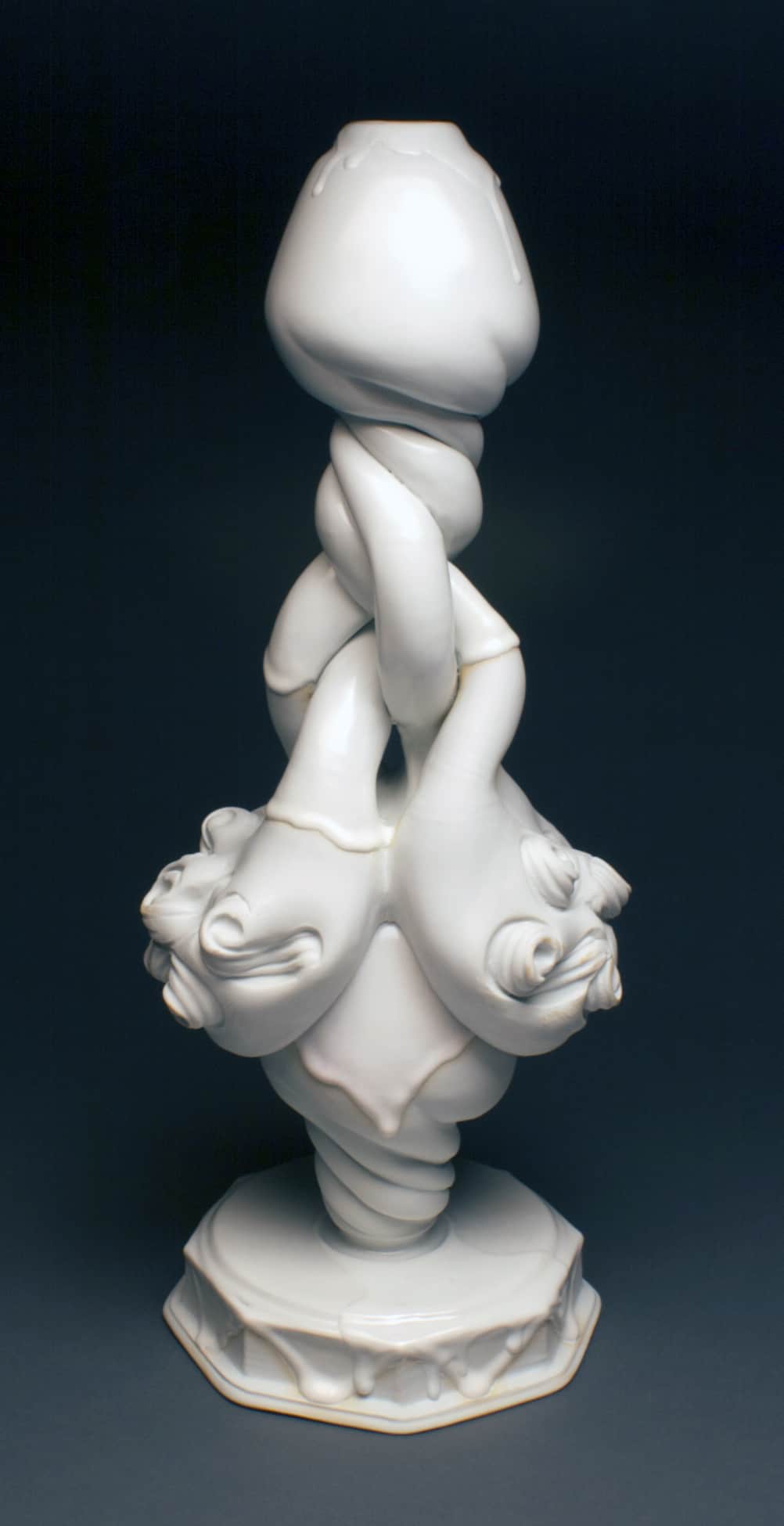
Catastasis Vase, Porcelain, 24 inches, 2015 | Photo by Nathan Carnes
The Catastasis series consists of sculptures that fold and bend in lines that are visually textural, but unexpectedly smooth to the touch. Towers sees them as the expressions of carefully manicured wigs, discarded clothing, and the body in motion. His sculptures reflect his interest in male sexuality, especially the ways that hair has historically represented changes in culture. In early European culture, for example, long hair represented male virility; later, men began wearing flamboyant wigs as an expression of wealth and fashion. For Towers, these shifts in hairstyle mark a subversive and historically relevant change in cultural perspectives about gender and sexuality. His use of soft pastel glazes, countering bold red, and rusty oranges, coalesce into something beautifully erotic, bold yet somehow fragile.
Outside of his sculptures, Towers also creates beautifully ornate and functional pottery such as bowls, cups, and plates that reflect his stylization that is both contemporary and classical. “I view making functional pottery as an extension of my need to decorate and ornament my surroundings—as a testimonial about who I am, who I want to be, and how I view the world,” he explains. His work stretches away from pottery as a traditional craft and highlights its capacity as functional fine art, believing that pottery has the capacity to be subversive, to reflect culture, and to challenge it via humor and hyperbolic expression. “I employ decadence, sensuality, humor, and flamboyance to toy with identity as well as the meaning of function.”
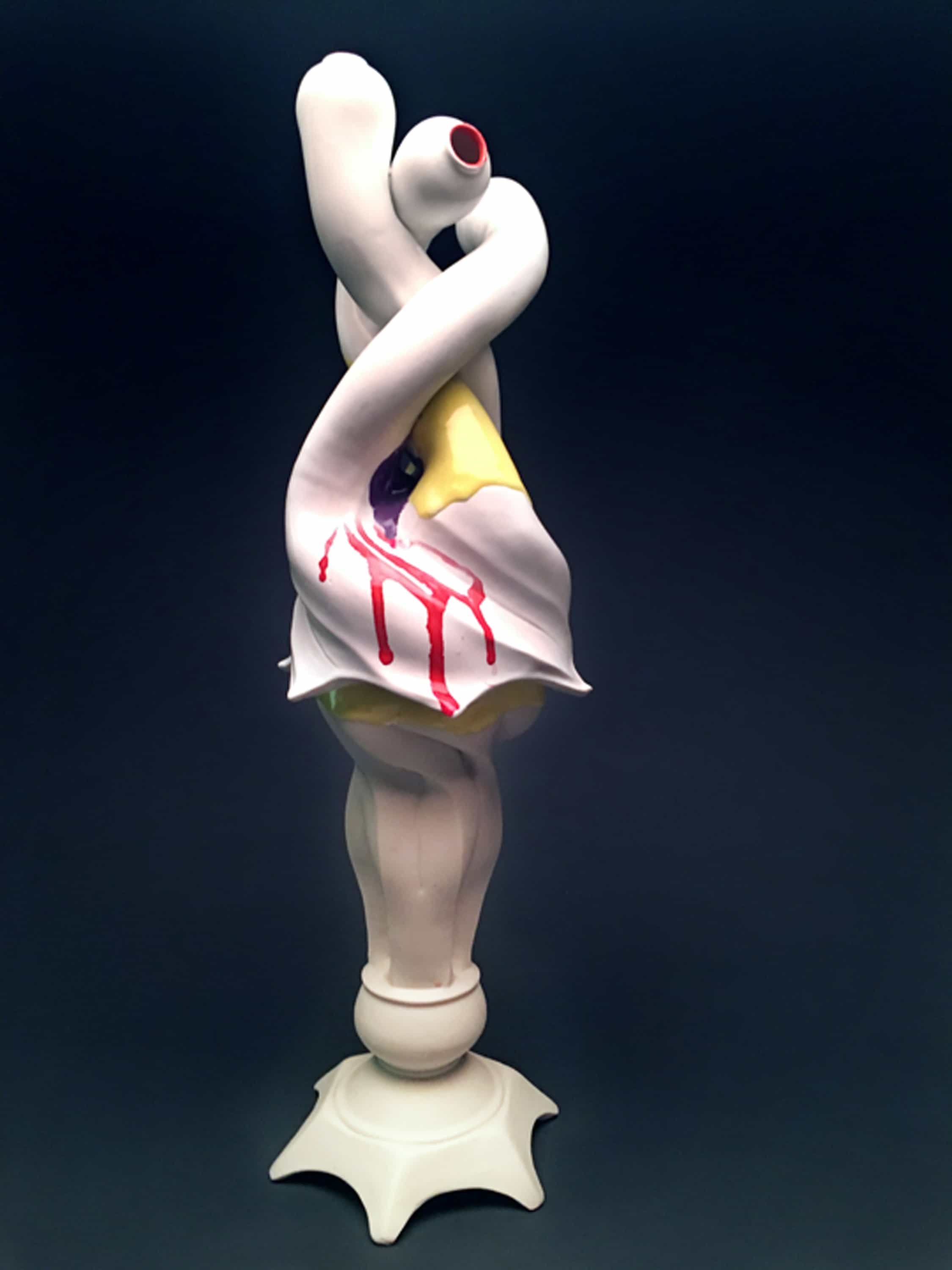
Catastasis Vase Form, Porcelain, 2016 | Photo by Matthew Towers
Matthew Towers is currently an Associate Professor of Ceramics at the Hartford Art School at the University of Hartford, where he teaches a range of classes including traditional pottery, abstract sculpture, and clay and glaze chemistry. His upcoming show, Reaction Bubble, opens at Real Art Ways in Hartford beginning March 4th, and is a collaborative project between Towers, interdisciplinary duo LoVid (Tali Hinkis and Kyle Lapidus), and choreographer Deborah Goffe.

